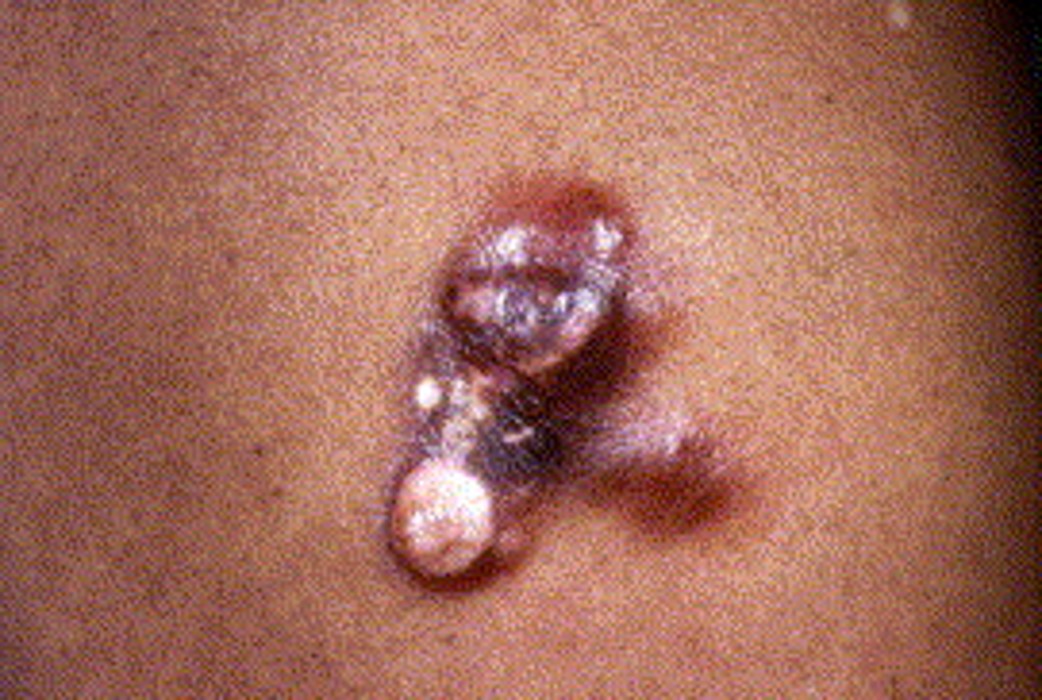BNT162b2 (Pfizer-BioNTech) coronavirus disease 2019 (COVID-19) vaccine given as a second dose in individuals prime vaccinated with ChAdOx1-S (AstraZeneca) induced a "robust" immune response, with an acceptable and manageable reactogenicity profile, according to a study published in The Lancet.
"This is, to our knowledge, the first study evaluating the immune and cellular response to a heterologous vaccination strategy against severe acute respiratory syndrome coronavirus 2 (SARS-CoV-2)," wrote Alberto M Borobia, Universidad Autónoma de Madrid, Madrid, Spain, and colleagues. "Interest in a heterologous schedule for COVID-19 vaccines came from the appearance of rare, but severe, thrombotic events with thrombocytopenia in people vaccinated with ChAdOx1-S."
"The ability to sequentially administer different COVID-19 vaccines … could be an opportunity to make vaccination programmes more flexible and reliable in response to fluctuations in supply. Additionally, these schemes are being studied for successive booster doses," the authors noted.
Between April 24 and 30, 2021, 676 individuals vaccinated with a single dose of ChAdOx1-S 8–12 weeks before screening were randomly assigned to receive either BNT162b2 (0.3 mL) (intervention group; n = 450) or continue observation (control group; n = 226) at five university hospitals in Spain, in the Phase II randomised controlled trial. The mean age of the study population was 44 years and 57% were women. None of them had a history of SARS-CoV-2 infection.
The primary outcome was the assessment of immunogenicity by immunoassays for SARS-CoV-2 trimeric spike protein and receptor binding domain (RBD) 14 days after the BNT162b2 dose, while the safety outcome was 7-day reactogenicity, measured as solicited local and systemic adverse events.
A total of 663 (98%) participants (n = 441 [intervention], n = 222 [control]) completed the study up to day 14. In the intervention group, geometric mean titre (GMT) of RBD antibodies increased from 71.46 binding antibody units (BAU)/mL (95% CI 59.84–85.33) at baseline to 7,756.68 BAU/mL (95% CI 7,371.53–8,161.96) at day 14 (P <0.0001), compared to a GMT of 99.84 BAU/mL (95% CI 76.93–129.59) in the control group at day 14, indicating an interventional:control ratio of 77.69 (95% CI 59.57–101.32).
When antibodies against SARS-CoV-2 spike protein were measured by an immunoassay technique covering the trimeric spike protein, 14-day immunogenic response in the intervention group was statistically significant with a 37-fold increase from baseline (3,684.87 BAU/mL [95% CI 3,429.87–3,958.83] in the intervention group vs 101.2 BAU/mL [95% CI 82.45–124.22] in the control group; interventional:control ratio 36.41 [95% CI 29.31–45.23]; P < 0.0001).
When researchers analysed the functional capability of the antibodies induced in 198 randomly selected participants (n = 129 [intervention], n = 69 [control group]), they observed that all participants in the intervention group exhibited neutralising antibodies at day 14, showing high (neutralising titre 50, [NT50] >1:300 and <1:1000) or very high (NT50 >1:1000) activity in 126 (98%) of 129 participants. At day 14, the GMT of neutralising antibodies increased 45-times, from 41.84 (95% CI 31.28–55.96) to 1,905.69 (95% CI 1,625.65–2,233.98) in the intervention group, compared with 41.81 (95% CI 27.18–64.32) at day 14 in the control group (P < 0.0001).
Meanwhile, dynamic changes of functional spike-specific T-cell response were analysed in 151 participants (n = 99 [intervention], n = 52 [control]). On day 14, the production of interferon-γ (IFN-γ) had significantly increased in the intervention group (GMT 521.22 pg/mL, 95% CI 422.44–643.09, P < 0.0001) compared with the control group (122.67 pg/mL, 95% CI 88.55–169.95), in which IFN-γ production remained unchanged.
On the other hand, of 1,771 solicited adverse events reported in the 7 days after vaccination in the intervention group, most were mild (68%) or moderate (30%), and self-limited. No serious adverse events were reported. Reactogenicity analysis based on solicited adverse events in 448 individuals from the intervention group showed that headache (44%), myalgia (43%), and malaise (42%) were the most commonly reported systemic reactions, while injection site pain (88%), induration (35%), and erythema (31%) were the most commonly reported local reactions.
"This study confirms preclinical studies and suggestions anticipating that a heterologous vaccination regimen could elicit potent combined antibody and cellular responses, which might lead to mix-and-match COVID-19 vaccine programmes," the authors wrote. "In particular, there was a robust coherence between the immune response evaluated by titres of specific antibodies against SARS-CoV-2 spike protein and the proportional increase of the functional capacity of neutralisation in the corresponding test."
"Additionally, our results indicate that the use of BNT162b2 as a second dose in a heterologous scheme increases the cellular immunity responses obtained after the initial dose of ChAdOx1-S," the authors noted.
The authors acknowledged that the main limitation of the study was the absence of a control group completing the homologous ChAdOx1-S scheme, as the use of ChAdOx1-S had been suspended in Spain at the time of the clinical trial design.
Nonetheless, the authors noted that "the trial is ongoing; thus the results of this and future studies comparing homologous and heterologous vaccination schedules will allow direct comparisons and substantiate COVID-19 vaccination decision making."






